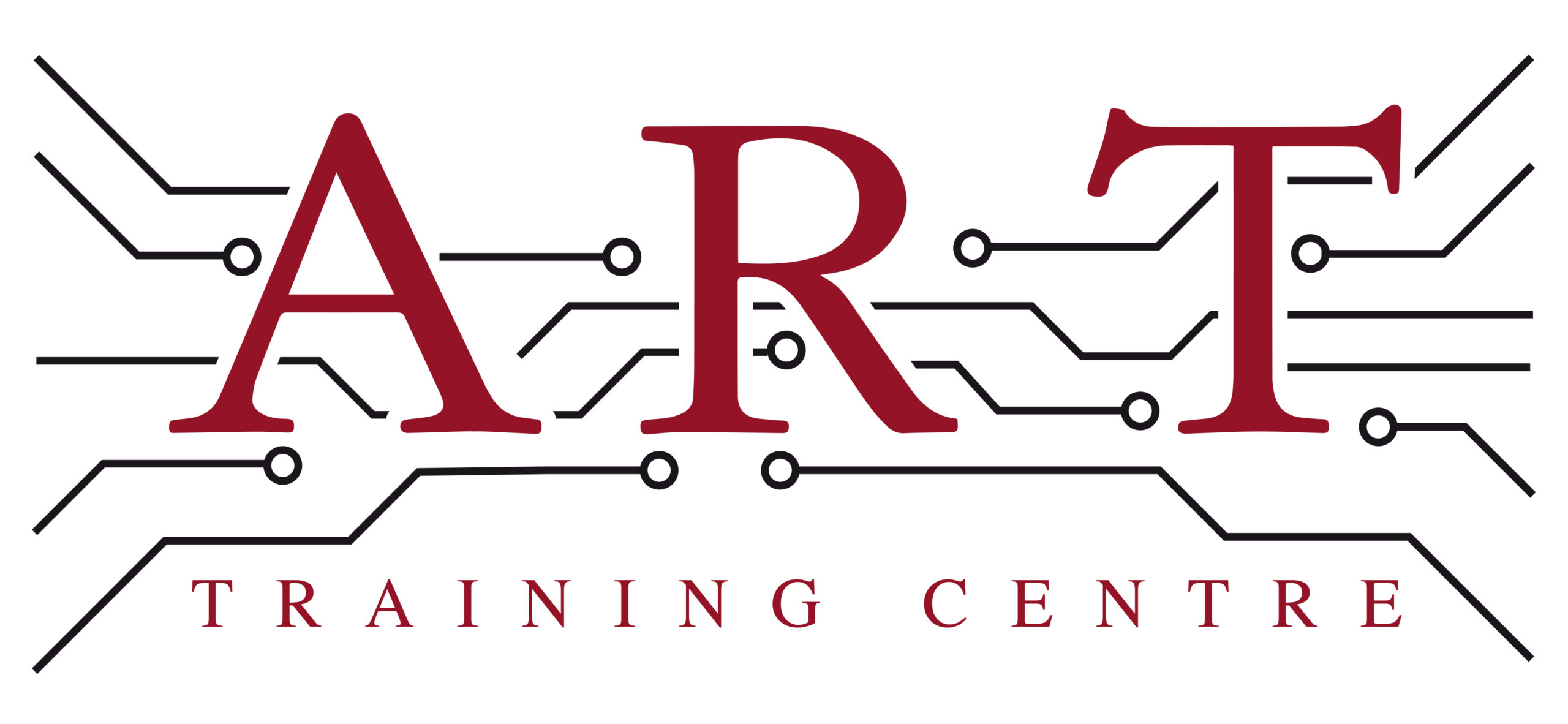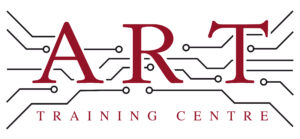Definition
Solder Alloy Sn63Pb37 is a lead-tin solder alloy composed of 63% tin and 37% lead. It is primarily used in electronics manufacturing as a material for joining components on printed circuit boards (PCBs). This alloy melts at a relatively low temperature, making it ideal for soldering processes. Its reliable electrical conductivity and mechanical strength make it a widely preferred choice among technicians and engineers in the field of electronics.
How It’s Used in the Industry
Solder Alloy Sn63Pb37 is extensively used in the assembly of electronic components on PCBs. The process begins with heating the solder alloy, which then melts and is applied to the joint between components and the PCB. This can be achieved through methods such as wave soldering or hand soldering. After soldering, the joints are inspected for quality and reliability. Technicians in training learn to work with this alloy to ensure proper soldering techniques, while experienced professionals appreciate its predictable performance and ease of use in both assembly and rework scenarios.
History & Origins
Solder Alloy Sn63Pb37 became common in electronics manufacturing during the mid-20th century, as the demand for reliable soldering methods increased with the rise of consumer electronics. It was widely adopted due to its excellent melting characteristics and the development of IPC standards, which provided guidelines for soldering practices. Over the years, advancements in technology and materials science further solidified its importance, making it a staple in the industry for ensuring robust electronic connections.
Variations
There are several variations of solder alloys, including lead-free alternatives like Sn96.5Ag3Cu0.5 (SAC), which are increasingly used due to environmental regulations. While Sn63Pb37 offers excellent wetting and flow characteristics, lead-free options may require higher temperatures and different handling techniques. Understanding these distinctions is crucial for technicians to ensure compatibility with various components and to meet industry standards, especially in applications sensitive to lead content.
Modern Applications
Today, Solder Alloy Sn63Pb37 remains relevant in electronics production, particularly in applications involving through-hole and surface mount technology. Its use is vital for ensuring high-quality solder joints that meet IPC standards for reliability and performance. In professional training, it serves as a foundational material for teaching soldering techniques, as its predictable behaviour helps learners develop essential skills for both assembly and repair in the electronics industry.
Practical Tips & Training
When working with Solder Alloy Sn63Pb37, it is essential to maintain proper ventilation to avoid inhaling fumes. Inspect solder joints for quality using magnification tools to ensure a good connection. Structured training and certification programs are vital for mastering soldering techniques, as they provide hands-on experience and knowledge about safety protocols. Familiarity with common soldering tools, such as soldering irons and flux, is also crucial for effective use of this alloy.


